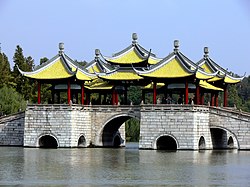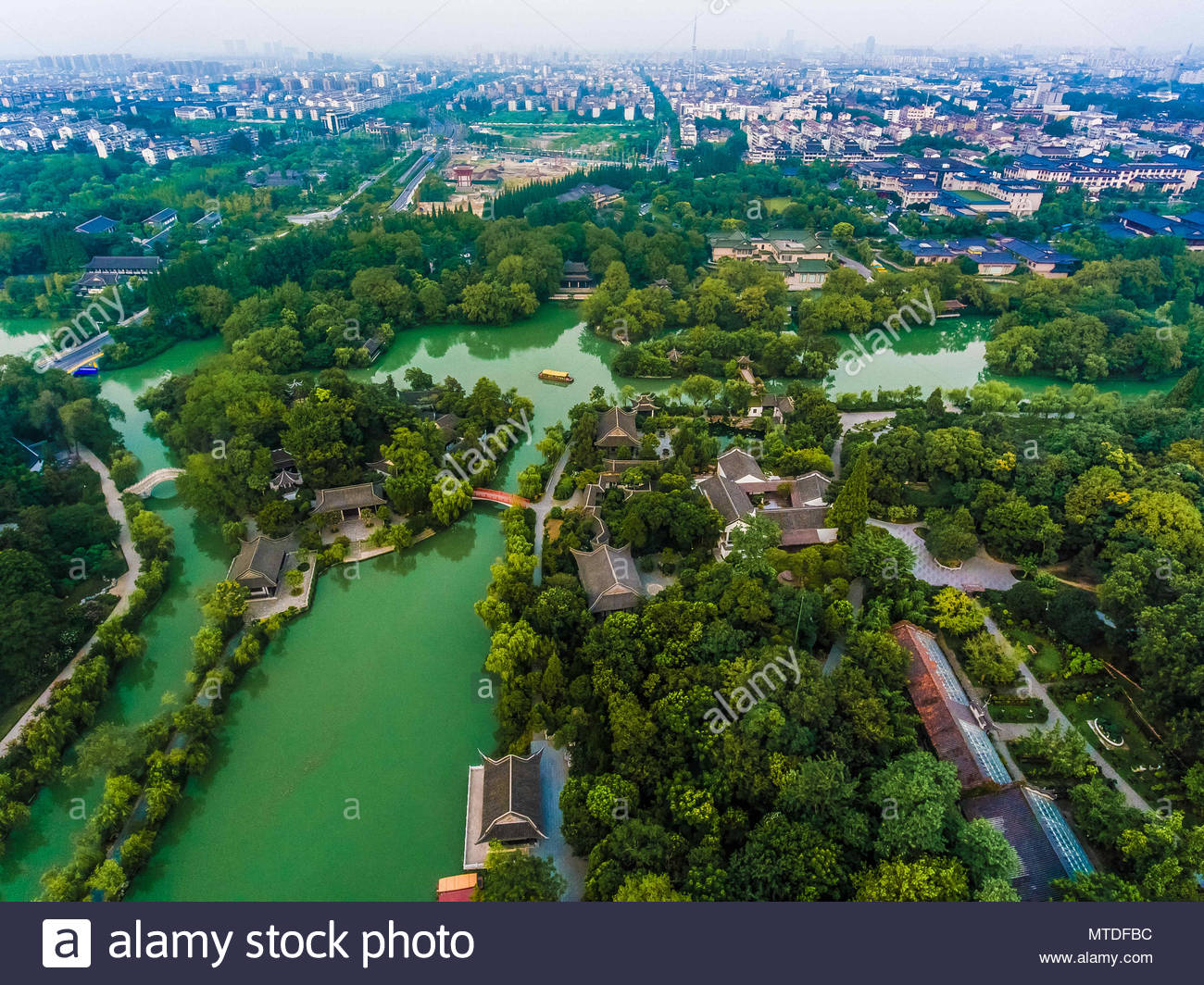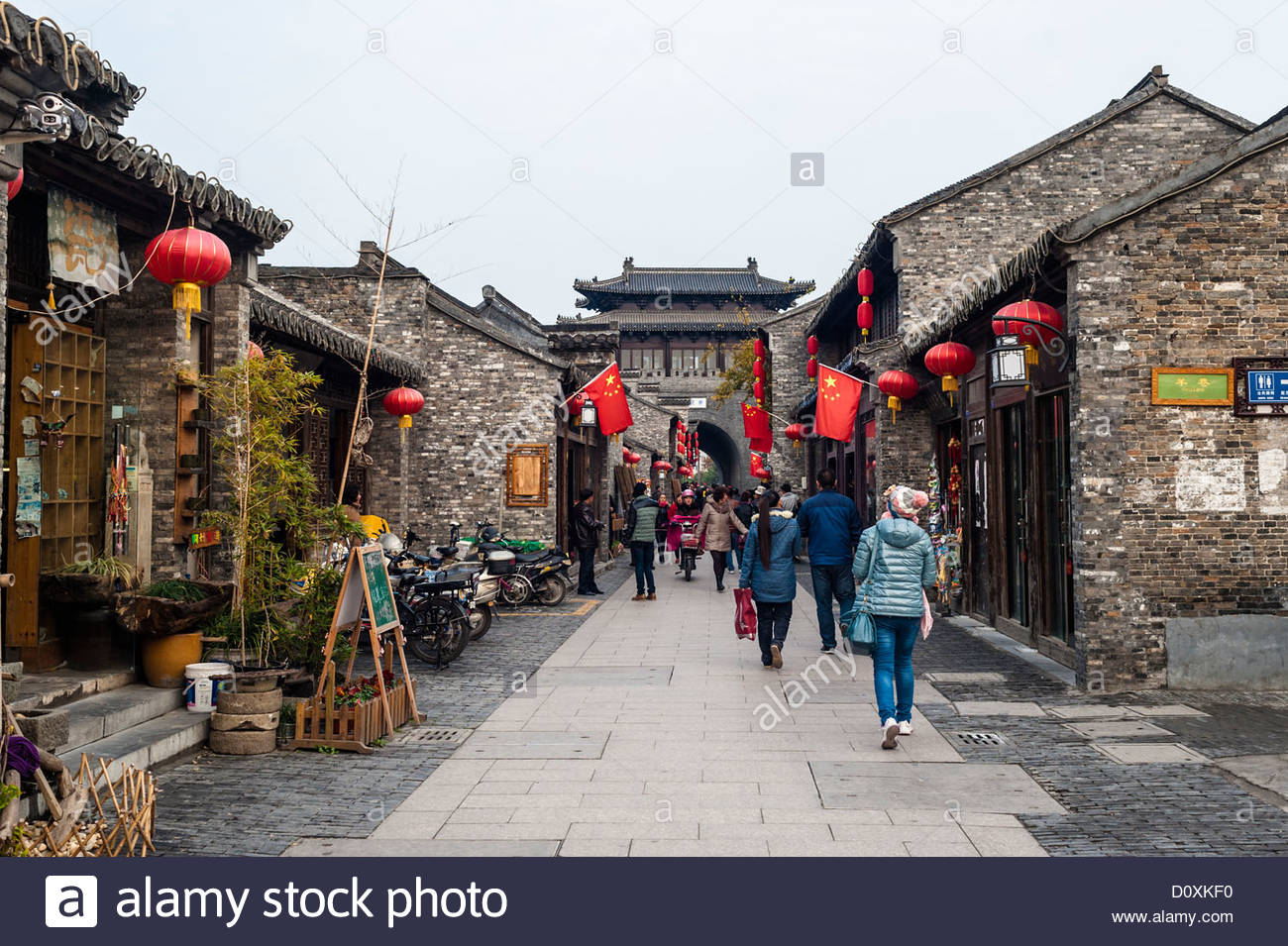About

Yangzhou is a prefecture-level city in central Jiangsu Province, China. Historically, Yangzhou was one of the wealthiest cities in China, known at various periods for its great merchant families, poets, artists, and scholars. Its name refers to its former position as the capital of the ancient Yangzhou prefecture in imperial China. Yangzhou was one of the first cities to benefit from one of the earliest world bank loans in China, used to construct Yangzhou thermal power station in 1994. Sitting on the north bank of the Yangtze, it borders the provincial capital Nanjing to the southwest, Huai'an to the north, Yancheng to the northeast, Taizhou to the east, and Zhenjiang across the river to the south. Its population was 4,414,681 at the 2010 census and its urban area is home to 2,146,980 inhabitants, including three urban districts, currently in the agglomeration.
History
Guangling , the first settlement in the Yangzhou area, was founded in the Spring and Autumn period. After the defeat of Yue by King Fuchai of Wu, a garrison city was built 12 m above the water level on the north bank of the Yangtze c. 485 BC. This city in the shape of a three by three li square was named Hancheng. The newly built Han canal formed a moat around the south and east sides of the city. The purpose of Hancheng was to protect Suzhou from naval invasion from Qi. During the Han dynasty, Guangling was the seat of Guangling Commandery. It constituted a part of the Xu Province, rather than the Yang Province, which was covered the entire southeastern part of China then. In 590, the city was made the capital of a newly established Yang Prefecture, and began to be referred to with its current name.
Culture

Yangzhou is famous for its carved lacquerware and jade. Its famous "FeiCuiBaiCai" is a world famous carved jade and was displayed in the Chinese National Pavilions during the EXPO 2010 Shanghai Jade carving is one of the oldest carving varieties in China. Jade is processed and carved into exquisite crafts, called jade carvings. In the process of making, the craftsman can carve the jade into exquisite handicrafts after careful design and repeated polishing according to the natural color and natural shape of different jade materials. There are many types of jade carvings, including large works such as figures, utensils, birds and beasts, flowers, and small works such as pins, rings, seals, and ornaments. Chinese jade carvings enjoy a high reputation in the world. In 2008, jade carving was selected into the second batch of national intangible cultural heritage list.
Food

Yangzhou dishes may be one of the reasons why the people of Yangzhou are so infatuated with their city. They have an appealing color, aroma, taste and appearance. The original color of each ingredient is preserved after cooking, and no oily sauce is added, so as to retain the fresh flavour of the food. In Yangzhou all dishes, whether cheap or expensive, are elaborate. Cooks will not scrimp on their work, even with dazhu gansi (Chinese: 大煮干丝; pinyin: dàzhǔ gānsī), a popular dish that costs only a few yuan. Dry bean curd is made by each restaurant that serves it, so the flavor is guaranteed. The cook slices the 1-cm-thick curd into 30 shreds, each one paper-thin but none broken, and then stews them for hours with chopped bamboo shoots and shelled shrimps in chicken soup. In this way the dry bean curd shreds can soak up the flavor of the other ingredients, and the soup is clear but savory. Not only Yangzhou cooks, but also the ordinary people are conscientious about cooking.